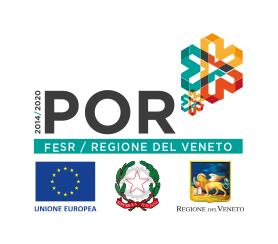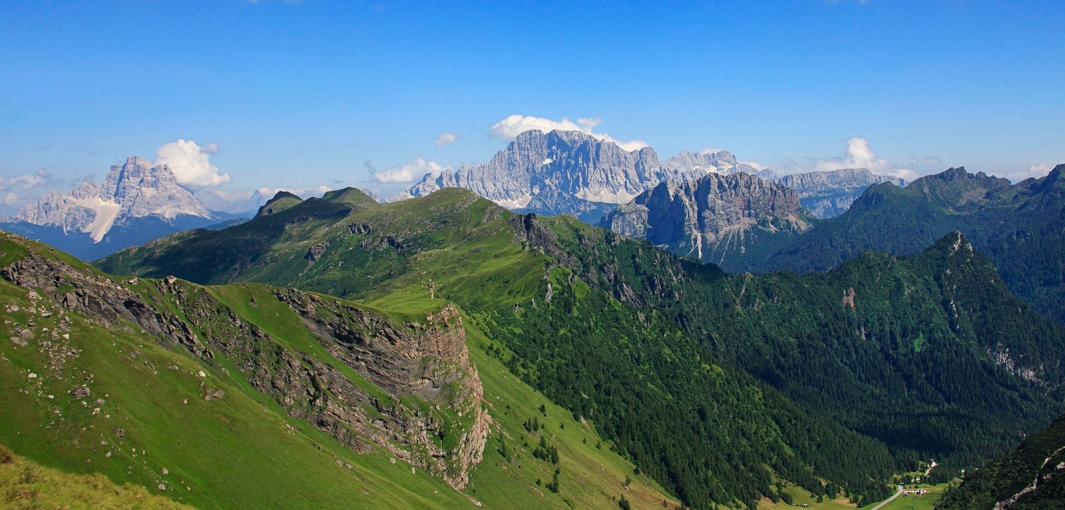“Come, have a close look at this wonder, without a doubt one of the most beautiful, powerful and astonishing gifts from our planet… Are they rocks or clouds? Are they true or maybe a dream?”
In this way Dino Buzzati, one of the most translated Italian writers of the world, describes the Dolomites, but before him, these mountains seduced great writers as Carducci, Goethe and Hemingway and they have been immortalised by incredible painters as Titian and Mantegna. They have been also carved by wood masters such as Andrea Brustolon "the Michel-ange du Bois" as Honorè de Balzac defined him in 1847.
In this way Dino Buzzati, one of the most translated Italian writers of the world, describes the Dolomites, but before him, these mountains seduced great writers as Carducci, Goethe and Hemingway and they have been immortalised by incredible painters as Titian and Mantegna. They have been also carved by wood masters such as Andrea Brustolon "the Michel-ange du Bois" as Honorè de Balzac defined him in 1847.
A huge cultural, historical and landscape heritage that in 2009 was declared by Unesco as World Heritage. The nine different mountain systems belonging to the Dolomites show a range of mountain landscapes of extraordinary unique beauty. Their peaks, so amazingly vertical and pale, are the ideal representation of a perfect and sculpted nature.
These mountains contain a wide set of natural values of great importance for the earth science. The quantity and concentration of different limestone formations here is extraordinary and in the same time the superb geology offers hints of the sea life in the Triassic Age, just after the greatest extinction ever seen on Earth. The stunning, monumental, colorful landscapes of the Dolomites have attracted many visitors since ever and their values have been subject to many scientific and artistic interpretations.
(UNESCO, World Heritage Committee – Seville, 26 June 2009)






